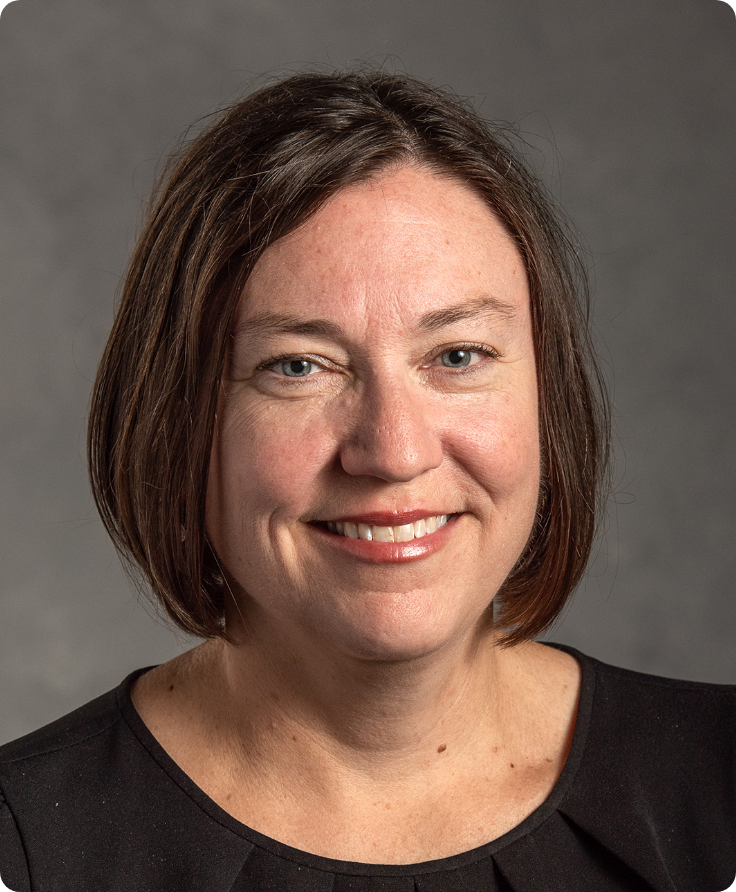About us
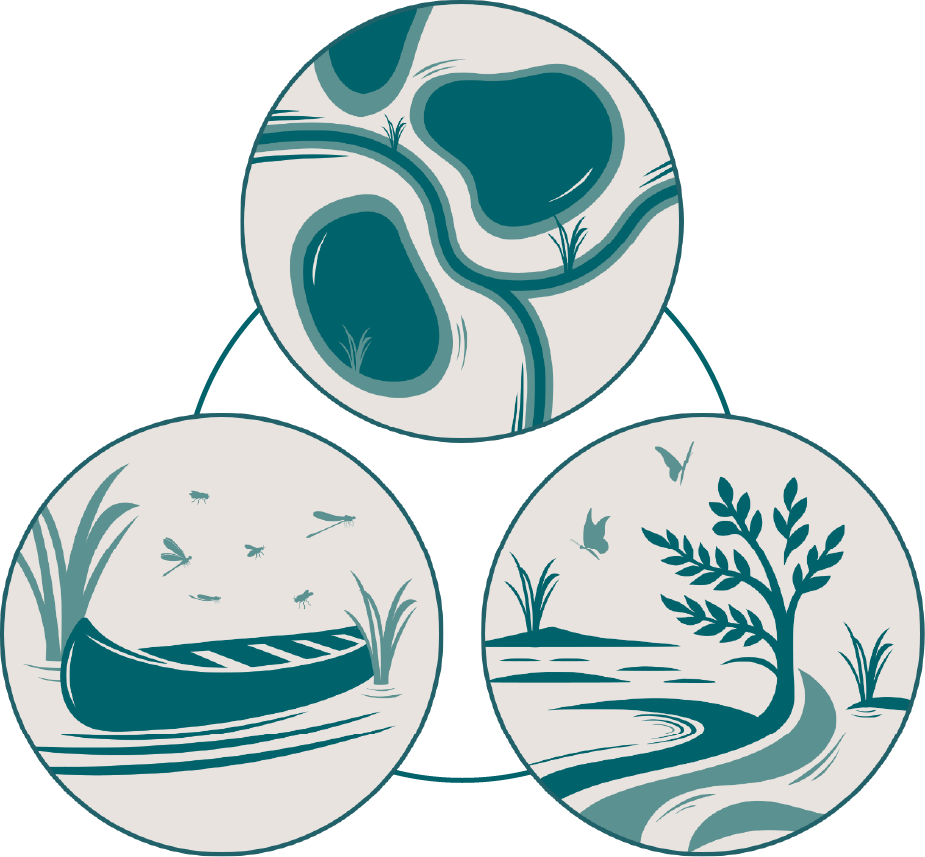
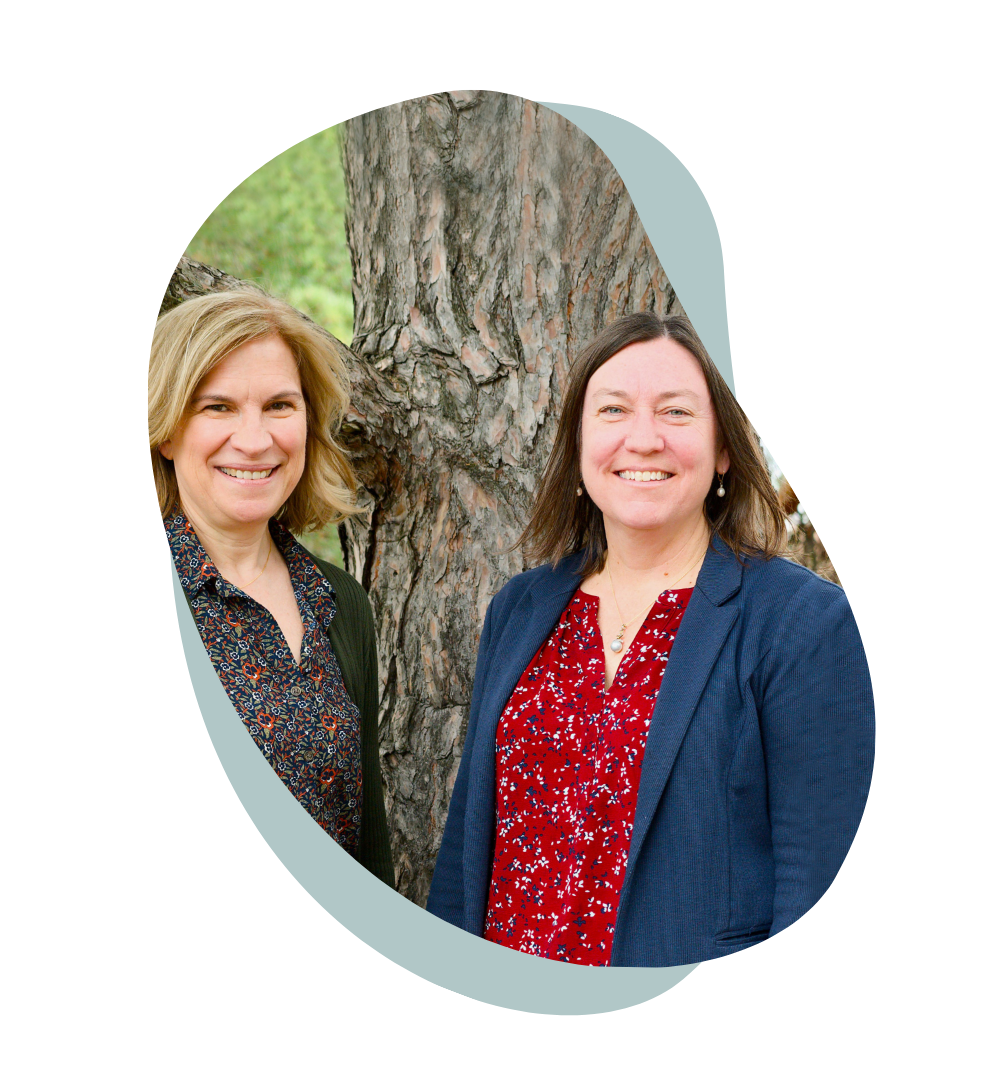
Leadership
We are a “super tie” - a long-term, highly productive, collaborative partnership, sometimes called scientific life partners. Around 2005, we found that we were highly compatible across many dimensions of the scholarly approach: our epistemic values, our interest in inclusive science, our desire to cross disciplinary boundaries, while also having overlapping and synergistic individual styles and tendencies.
Over the past 20 years, we have created a highly collaborative lab that uses a distributive leadership model to advance our research program. Our partnership demonstrates the advantage of “super” social ties characterized by trust, conviction, and commitment.
Lab values
As members of the Bridge Lab (formerly the Data-Intensive Landscape Limnology Laboratory), the scientific community, and broader society, we aim to establish an environment that fosters inclusive excellence.
We believe that anyone who wants to contribute to science, particularly people from groups who have been historically and are presently excluded or marginalized, should have an opportunity to do so in meaningful ways.
Every individual has a unique combination of identities and lived experiences. By creating a more diverse science community with a broad range of perspectives, scientists can identify and solve more complex environmental problems.
With that aim in mind, we continually strive to create an environment in which people of all identities feel safe, supported, welcome, and valued.
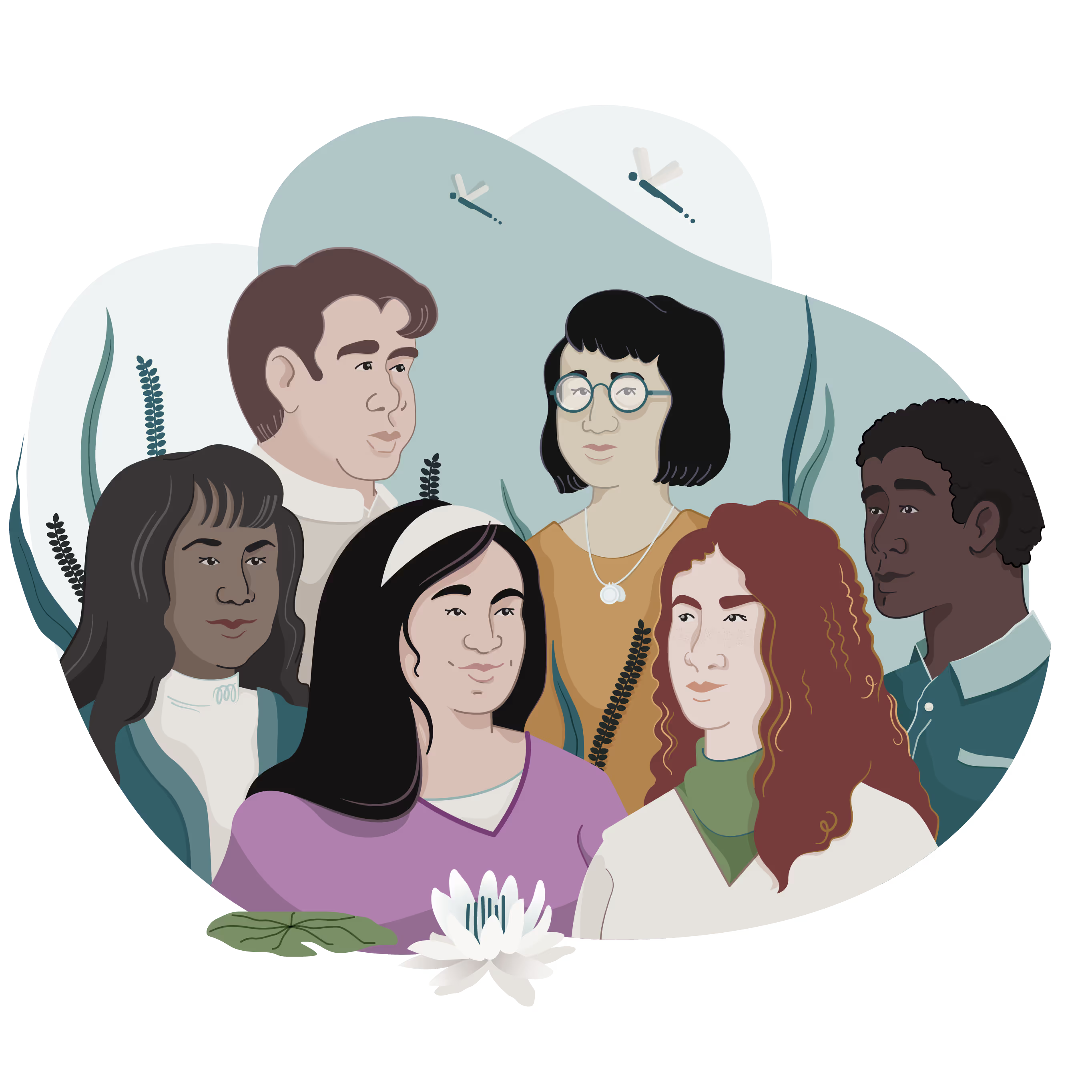
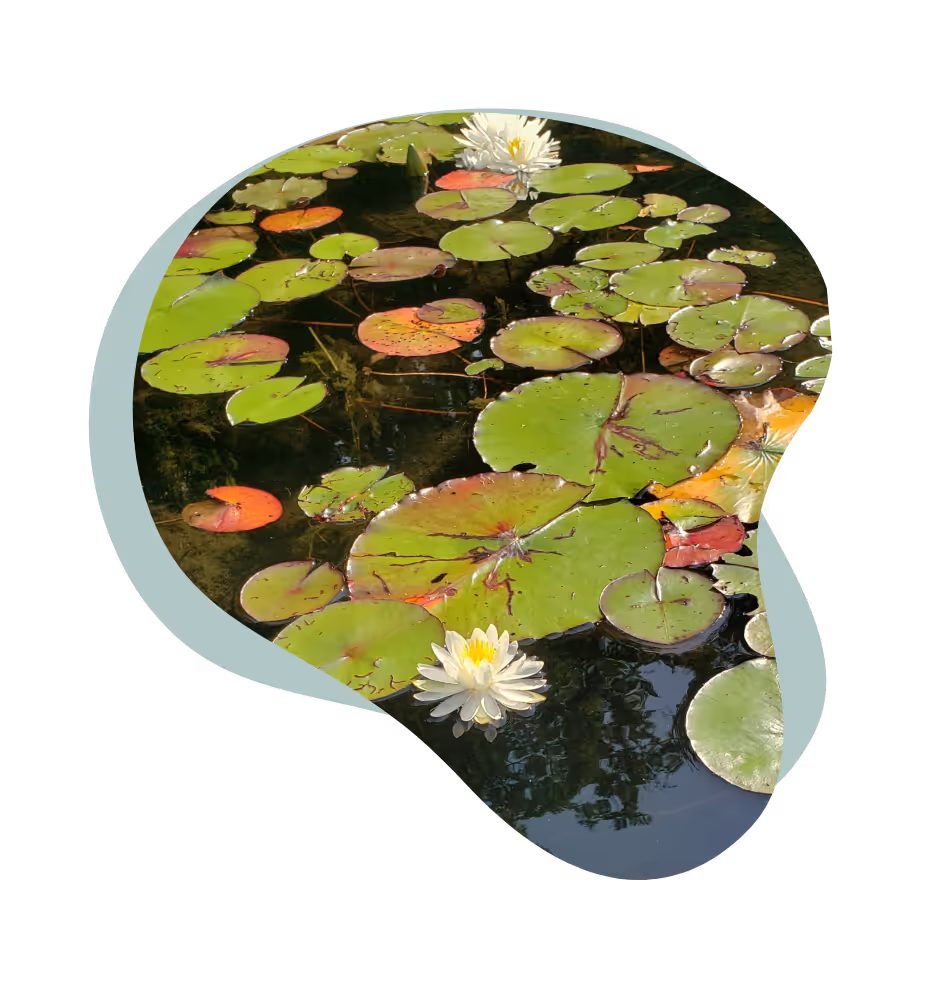
Institutional context
MSU is a primarily white institution, with racial disparities from historical and contemporary marginalization of communities of color, including its occupation of the ceded ancestral, traditional, and contemporary Lands of the Anishinaabeg—Three Fires Council of Ojibwe, Odawa, and Potawatomi peoples.
As an institution of higher learning, MSU is also steeped in traditions and hierarchies that are exclusionary of individuals with less power. We practice continuous respect for people of all backgrounds and value the individual identities of those around us. By being cognizant of the past, we can pave the way toward a better future at MSU. We hope to provide a good example to others and advance equity through our self-education and advocacy.
Steps towards equity
All members of the lab take ownership of the actions below, with special emphasis on lab leaders who establish and foster the culture needed to facilitate these actions:

Empower people of all career stages, but particularly early-career scientists, to become leaders in their disciplines by instilling within them necessary scientific and interpersonal skills and confidence in those skills

Develop and foster a culture of respect for all scientific and personal perspectives, including conventional, new, and non-conforming perspectives

Recognize and celebrate peoples’ scientific achievements for their intellectual merits, rather than their identities

Welcome and amplify the voices of scholars traditionally underrepresented in the sciences

Implement strategies to reach and elevate scholars excluded due to their identities in all aspects of lab work, including collaborations, citations in our articles, invitations to present to the lab, recommendations of reviewers for manuscript submissions, award nominations, etc.

Discuss how to implement bias interrupters that help lab members continually develop and ensure equitable and inclusive practices

Broaden the lab’s professional networks across many dimensions, including culturally relevant professional societies (e.g., SACNAS, AISES)

Hold leaders accountable by voicing concerns at the lab, department, college, university, and professional society levels

Acknowledge our own positionality as individuals and as members of institutions

Commit to continuously grow in this area, recognizing that many of us are first-generation equity practitioners

Hold ourselves accountable for our behaviors, actions, and goals

Regularly review our individual and collective actions and outcomes

Annually review this statement and have a conversation about updates, ways to seek out opportunities for continued growth, and improvement of our goals

Share this statement with new lab members and discuss how each individual would like to contribute and grow in this area

